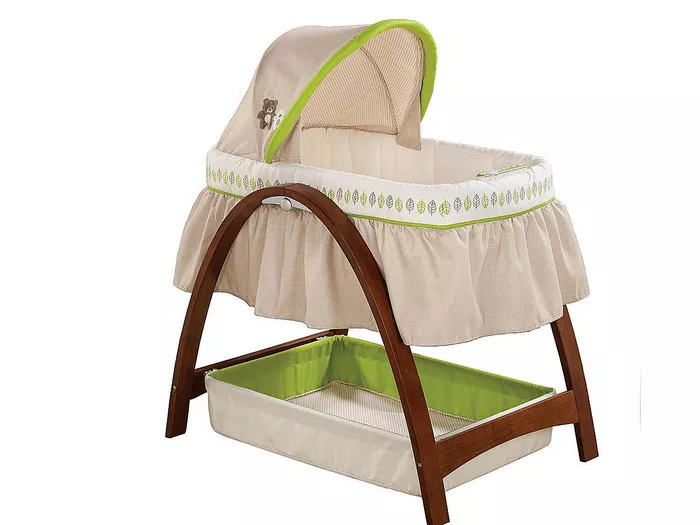As expecting parents prepare for the arrival of their little one, one of the most important decisions they’ll make is choosing the right crib. A crib serves as the centerpiece of a nursery, providing a safe and comfortable sleeping environment for the baby. However, with numerous options available on the market, it’s crucial to know what to look for to ensure both safety and functionality. In this comprehensive guide, we’ll explore key factors to consider when selecting a crib for your baby, including safety features, types of cribs, and essential safety rules.
Safety Features:
When it comes to choosing a crib, safety should be the top priority. Here are some essential safety features to look for:
1. Crib Slats or Bars: The spacing between crib slats or bars is critical to prevent the baby from getting stuck or slipping through. According to safety standards, the distance between slats should not exceed 2 3/8 inches. A useful tip is to check whether a soda can would fit through the spaces—if it does, the slats are dangerously far apart.
2. Mattress: A firm and dense mattress is essential for providing proper support to your baby while they sleep. Ensure that the mattress fits snugly into the crib with no gaps around the edges. A sagging mattress can pose a suffocation hazard, so it’s crucial to choose one that maintains its shape under the baby’s weight.
3. Adjustable Mattress Height: The crib’s mattress height should be adjustable to accommodate your growing baby. For newborns, the top of the crib’s rail should be at least 26 inches above the mattress. As your baby becomes more mobile, you can lower the mattress to prevent them from climbing out of the crib.
4. Solid Headboards: Headboards should be solid without any decorative cutouts or protruding embellishments that could pose a safety risk. Additionally, avoid cribs with sharp corners or edges that could injure your baby if they bump into them.
Crib Types:
Different types of cribs offer various features and functionalities to suit the needs of different families. Here’s a brief overview of the most common crib types:
1. Standard Crib: This is the traditional full-size crib designed to provide a safe sleeping environment for infants until they are around 3 feet tall. Standard cribs come in various styles and finishes to complement any nursery decor.
2. Play Yard: Also known as a portable or travel crib, a play yard features non-rigid sides made of fabric or mesh. Play yards are lightweight and easy to transport, making them ideal for families who travel frequently or need a crib for use outside of the home.
3. Mini Crib: A mini crib is a smaller alternative to a standard crib, making it suitable for smaller spaces such as apartments or shared bedrooms. However, it’s essential to consider that children may outgrow mini cribs faster than standard-sized ones.
4. Convertible Crib: This versatile crib can be converted into a toddler bed, daybed, or even a full-size bed as your child grows. Convertible cribs offer long-term value and can adapt to your child’s changing needs from infancy through preschool years.
Safety Rules:
In addition to choosing a crib with the right safety features, parents should follow essential safety rules to ensure their baby’s well-being:
1. Back to Sleep: Always place your baby on their back to sleep for all naps and nighttime sleeps until their first birthday. This sleeping position reduces the risk of sudden infant death syndrome (SIDS) and ensures optimal airflow.
2. Check for Recalls: Before purchasing a crib, check for any recalls or safety alerts issued by the manufacturer. It’s essential to ensure that the crib meets current safety standards and has not been subject to any safety concerns.
3. Avoid Secondhand Cribs: While it may be tempting to save money by using a secondhand crib, it’s not worth the risk when it comes to your baby’s safety. Secondhand cribs may not meet current safety standards, and they could have hidden defects or damage that could pose a danger to your baby.
In conclusion, choosing the right crib for your baby involves careful consideration of safety features, crib types, and adherence to essential safety rules. By prioritizing safety and functionality, parents can create a secure sleeping environment for their little one to thrive and grow. Remember to thoroughly research and inspect cribs before making a purchase, and always follow recommended safety guidelines to ensure your baby’s well-being.


